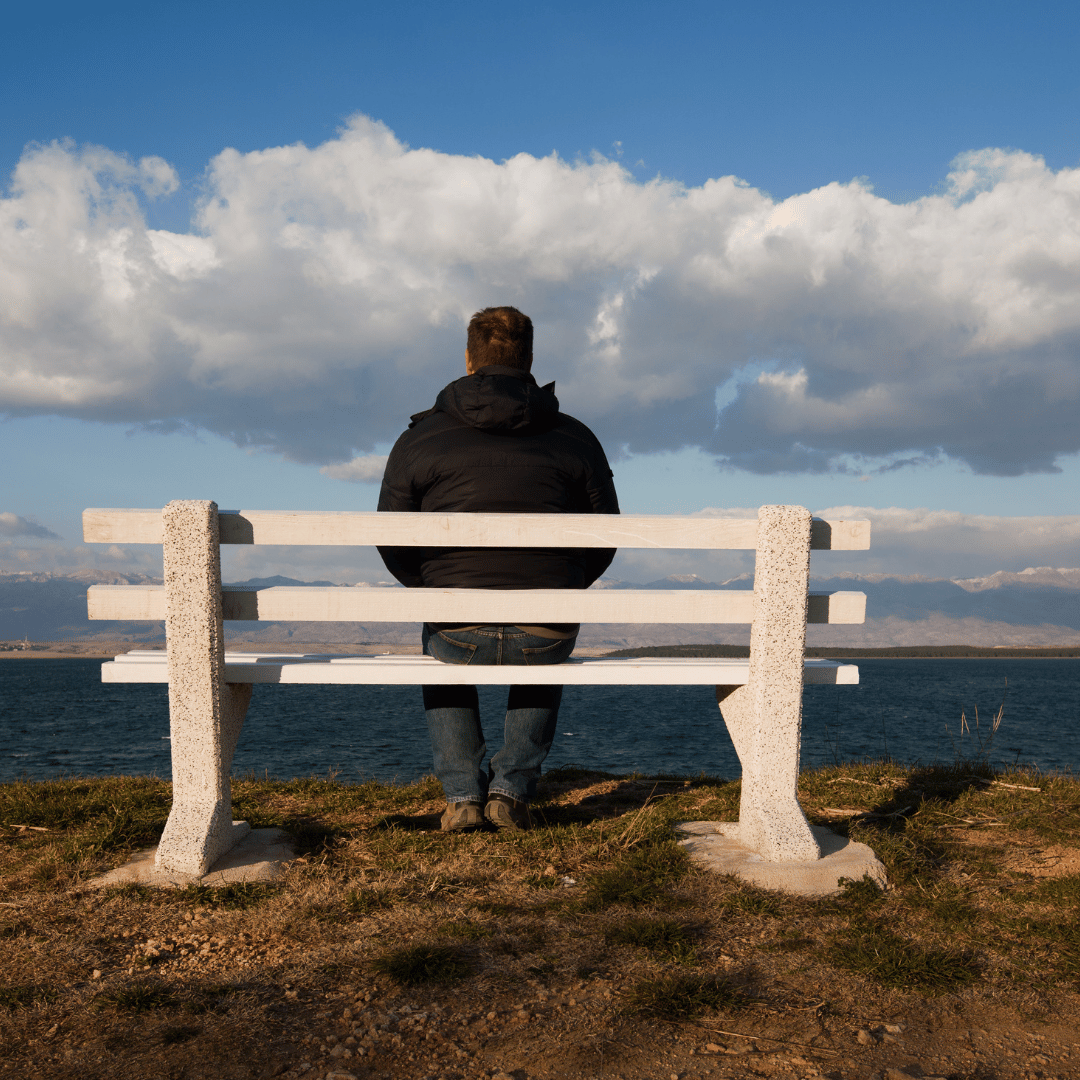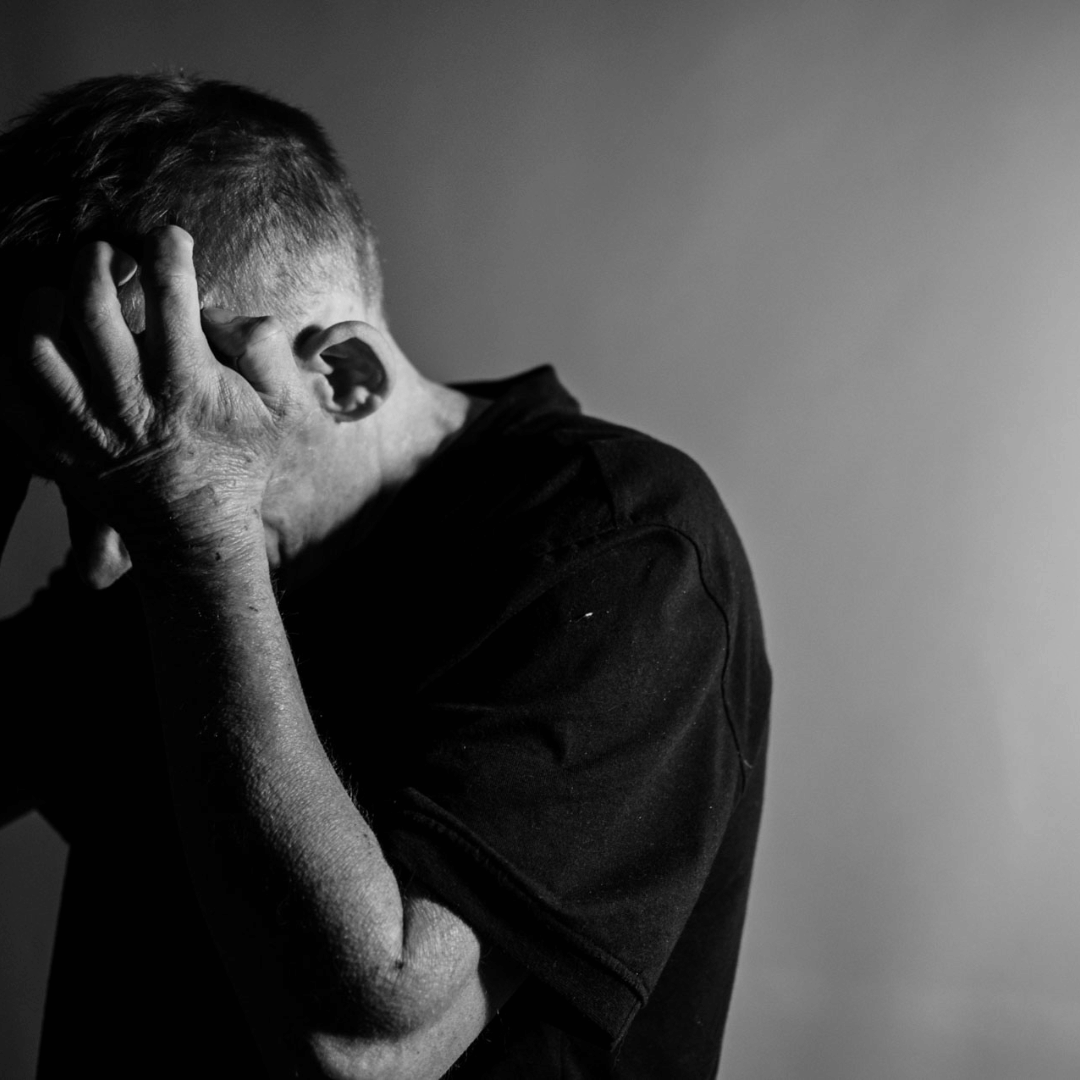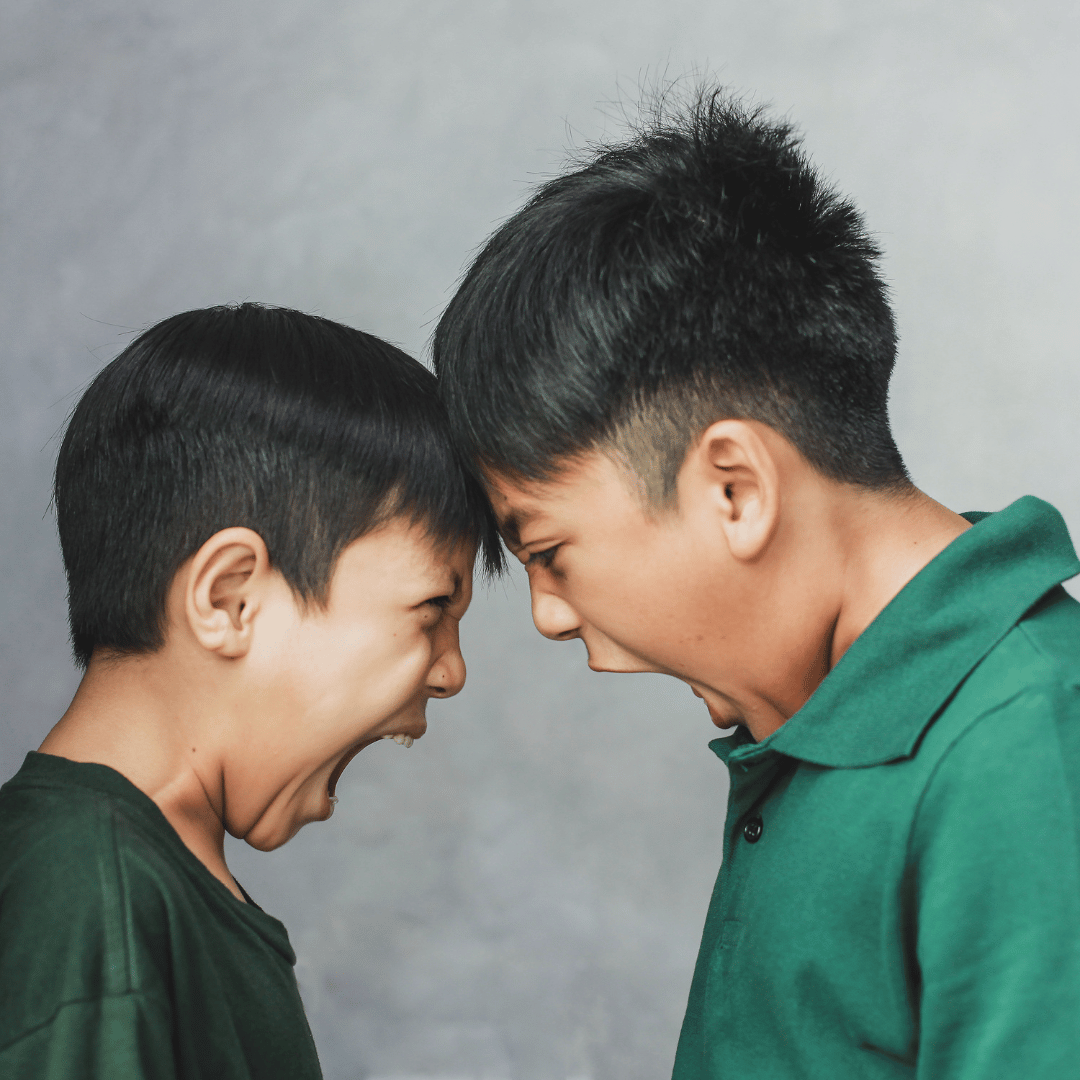

The Emotional Exile Of Men PART 2: How Men Can Reclaim True Strength
There’s a quiet kind of loneliness that many men carry.
It doesn’t always look like loneliness—not on the surface. It looks like self-sufficiency, like being the one who holds it together, like knowing how to “handle things.” It looks like ambition, control, the ability to push through. But underneath, there’s something else. A distance. A silence. Not just from others but from themselves.
In one of my latest articles,
I explored how boys are often taught—without anyone even realising it—that their emotions are something to be managed, controlled, or hidden. That strength means not needing help. That being “a man” means knowing how to handle things alone.
So what happens when our boys become men?
I see the results of this not just in the men I’ve worked with over the years but in my own life.
Raising a son, I think about this all the time. How do I raise him to be emotionally aware, to express himself fully, to not fall into the patterns that have held so many men back? How do I create space for all of him—his strength, his softness, his fire, his doubt—so that he grows up knowing he never has to choose between them?
Because here’s the thing—that inability to deal with the inner world, that silence, doesn’t just disappear. It stays. It shapes them. It finds new ways to exist.
Some men withdraw, never quite knowing how to express what they feel. Some channel their emotions into control—over their work, their relationships, their environments—because it feels safer than uncertainty. Some turn to places where they don’t have to be vulnerable at all.
And in today’s world, that’s easier than ever. AI companions. Digital distractions. Curated lives where everything feels controlled and nothing feels unpredictable.
Because no one ever taught them how to be in connection without feeling like they’re losing something. And that’s not just about men. This affects all of us. Because we are all connected—to our fathers, our brothers, our sons, our partners, this isn’t a “men’s issue.” It’s a human issue.
What Ancient Nordic Culture Teaches Us About Strength
In ancient Nordic culture, strength was never just about the individual.
A warrior wasn’t strong because he stood alone. He was strong because he fought alongside others—because he moved in synergy. Because he knew that real power was about connection, adaptability, and presence.
But today, we’ve shifted away from that. We teach men to be self-sufficient.
To handle things alone.
To never be dependent on anyone. And yet, when they struggle, when they reach their breaking point—we ask them why they didn’t reach out.
So which is it?
How can we expect men to unlearn silence when we’ve spent decades teaching them that it was the only option? Because the truth is, many men are fighting.
They fight through the pressure to provide, to succeed, to perform.
They fight against the expectations placed on them.
They fight against their own thoughts, their own fears, their own emotions.
And that brings us to the real question:
What Are You Fighting Against?
Kasia Urbaniak once said, “You’re never angry about something you don’t care about.”
Sit with that for a moment.
The things that frustrate you. The things that get under your skin. The things that make you want to fight—those are the things you care about.
But what if you don’t know how to fight for something?
What if the only thing you’ve ever been taught is how to fight against yourself?
Because for many men, that’s exactly what happens.
Fighting against their own emotions.
Fighting against the fear that vulnerability will make them weak.
Fighting against the discomfort of not knowing how to process what they feel.
The fight becomes second nature. A way of moving through the world.
And when you’re always in battle mode—against your own mind, against your own body, against your own emotions—it has consequences.
Some men shut down completely. They pull away, becoming distant, unavailable, hard to reach even by the people who love them most.
Some bury themselves in perfectionism, control, or distraction—convincing themselves that if they can just stay busy enough, they’ll never have to feel what’s underneath.
And some… they let it come out sideways. Because emotions don’t just disappear—they find another way out. And for many men, that emotion is anger. Not because it’s what they’re really feeling underneath but because it’s the one that feels most familiar. The one that’s been modelled, tolerated, maybe even expected. Over time, it becomes the default—not because it fits, but because it’s what’s there.
The Cost of Suppressed Anger
Anger is strong.
Anger is forceful.
Anger is an outlet.
And when everything else—fear, sadness, vulnerability—is shut down, anger is what remains. But the problem isn’t the anger itself. The problem is what happens when that anger has nowhere to go except outward. And we’re seeing the effects of that everywhere.
In young boys lashing out in violence because they don’t know how to express their frustration any other way. In men, turning their pain into control—over their partners, their children, their environments. In cycles of abuse, aggression, and harm that aren’t just personal issues but societal ones.
Because if we don’t teach men how to process emotion, that doesn’t mean the emotions go away. It just means they take on a different form.
Final Reflection
If you’re a man reading this, ask yourself:
How do you relate to your own emotions—and what would happen if you stopped seeing them as something to control?
And if you’re a woman reading this:
What have you noticed about the men in your life—their relationship with their emotions, their struggles, their silence?
Because this isn’t just about men, it’s about all of us.
We are all connected—through our families, our relationships, our shared experiences. The way boys and men are taught to relate to their emotions shapes not just their own lives but the lives of the people around them. And if we want something different, it starts with the conversations we are willing to have.
The ones that challenge old ideas. The ones that make space for complexity. The ones that remind us that true strength isn’t about never struggling—it’s about knowing that struggle is part of the journey.
And that none of us are meant to walk it alone.
References
Chaplin, T. M. (2015). Gender and emotion expression: A developmental contextual perspective. Emotion Review, 7(1), 14-21. https://doi.org/10.1177/1754073914544408
Underwood, M. K. (2004). Gender and social aggression: Development and implications. Journal of Child Psychology and Psychiatry, 45(1), 3-14. https://doi.org/10.1046/j.0021-9630.2003.00374.x




